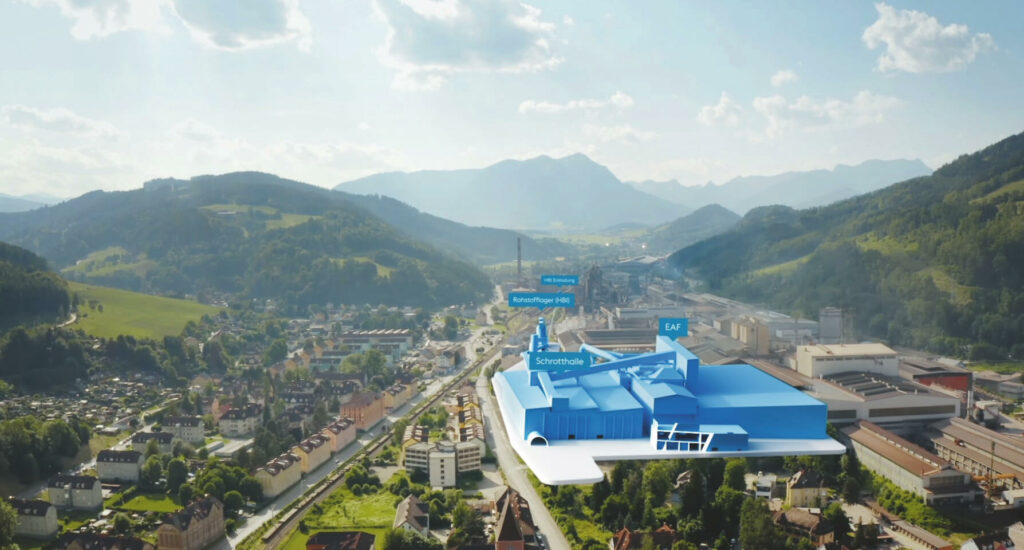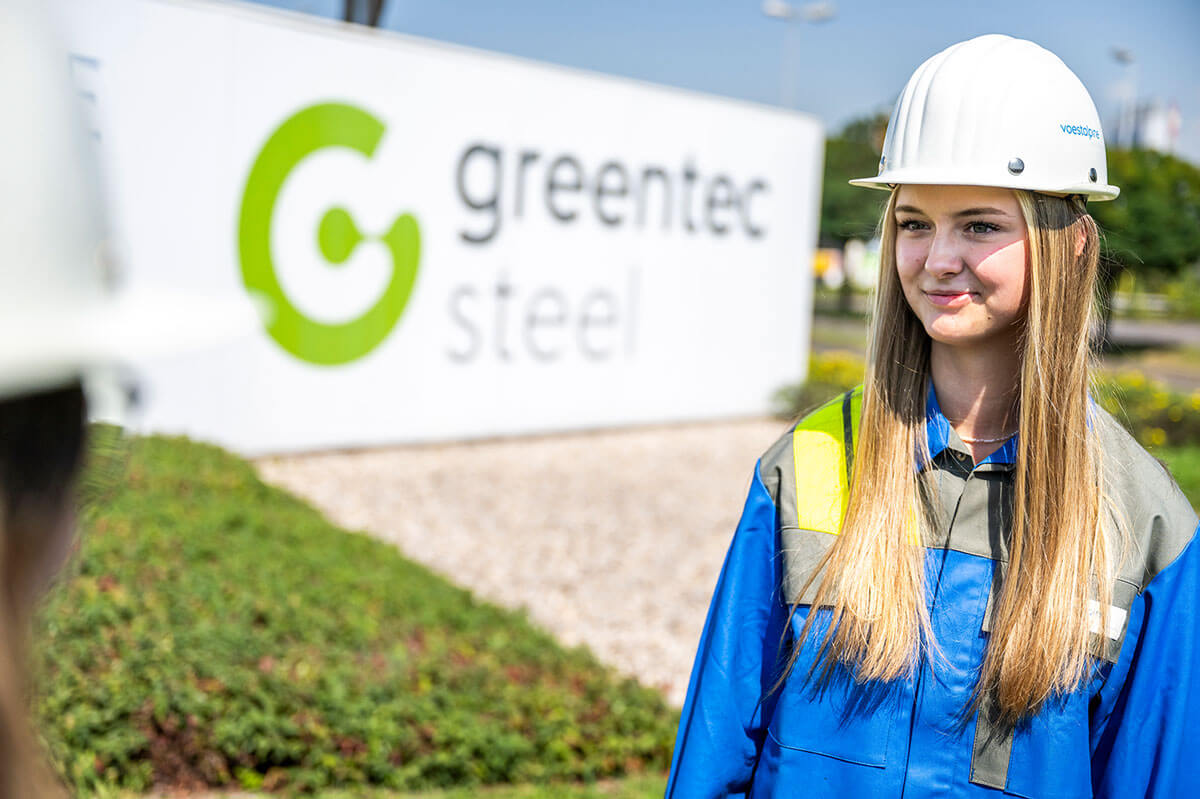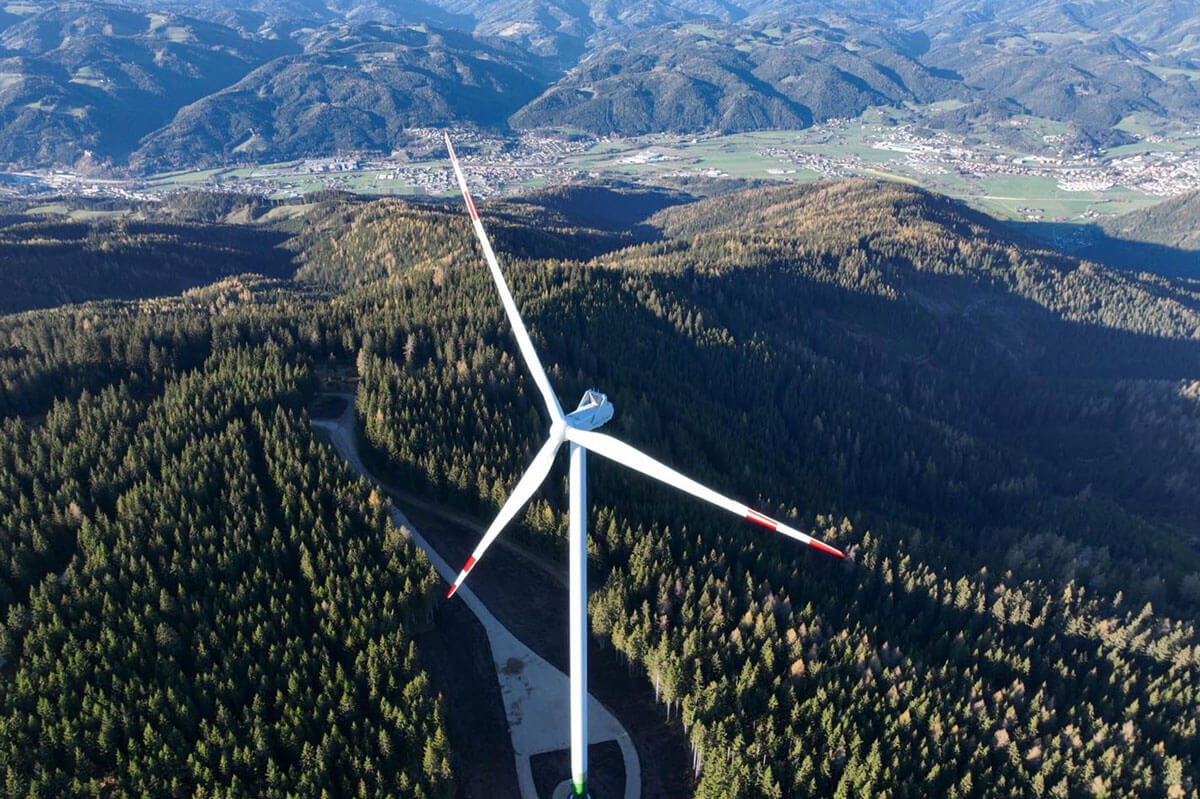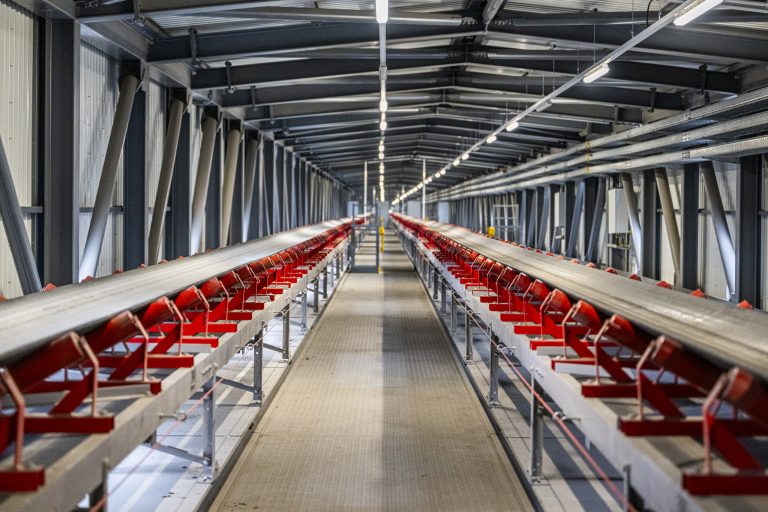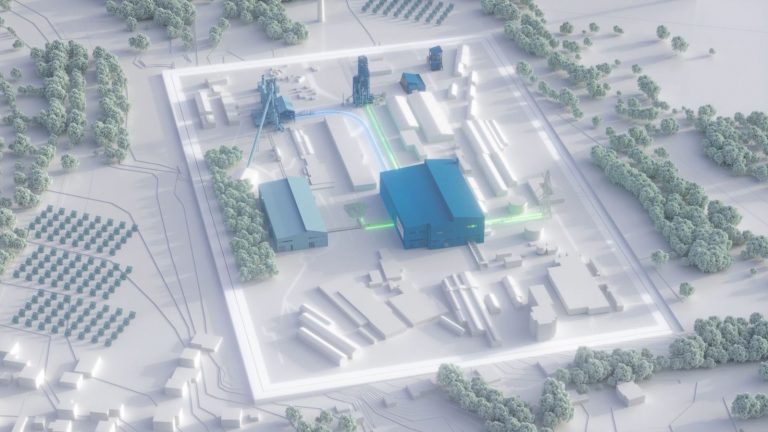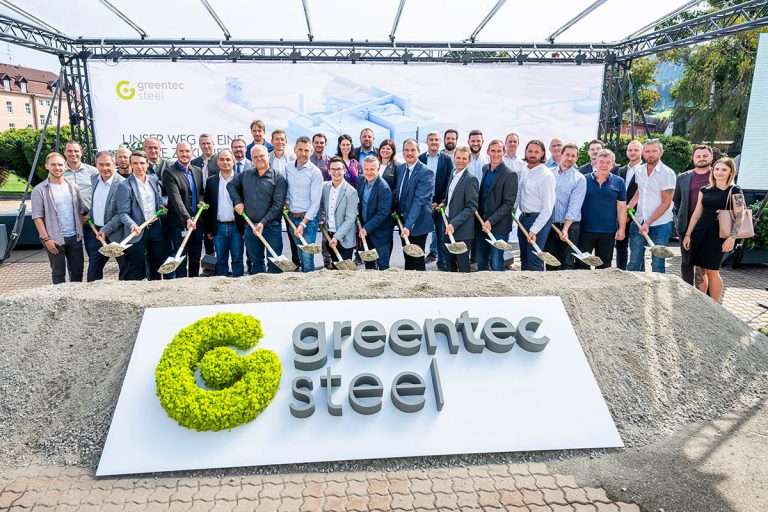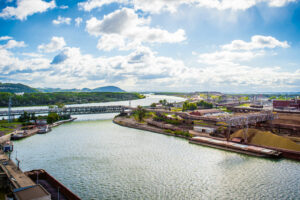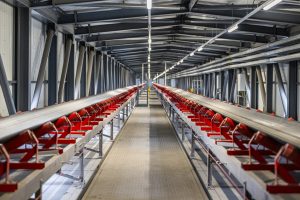Green electricity for future steel production in Donawitz
From 2027, a new electric arc furnace in Donawitz will significantly reduce the greenhouse gas emissions from steel production. Green electricity is essential for the successful start of production.
- 20 Sep, 2023
- 3
